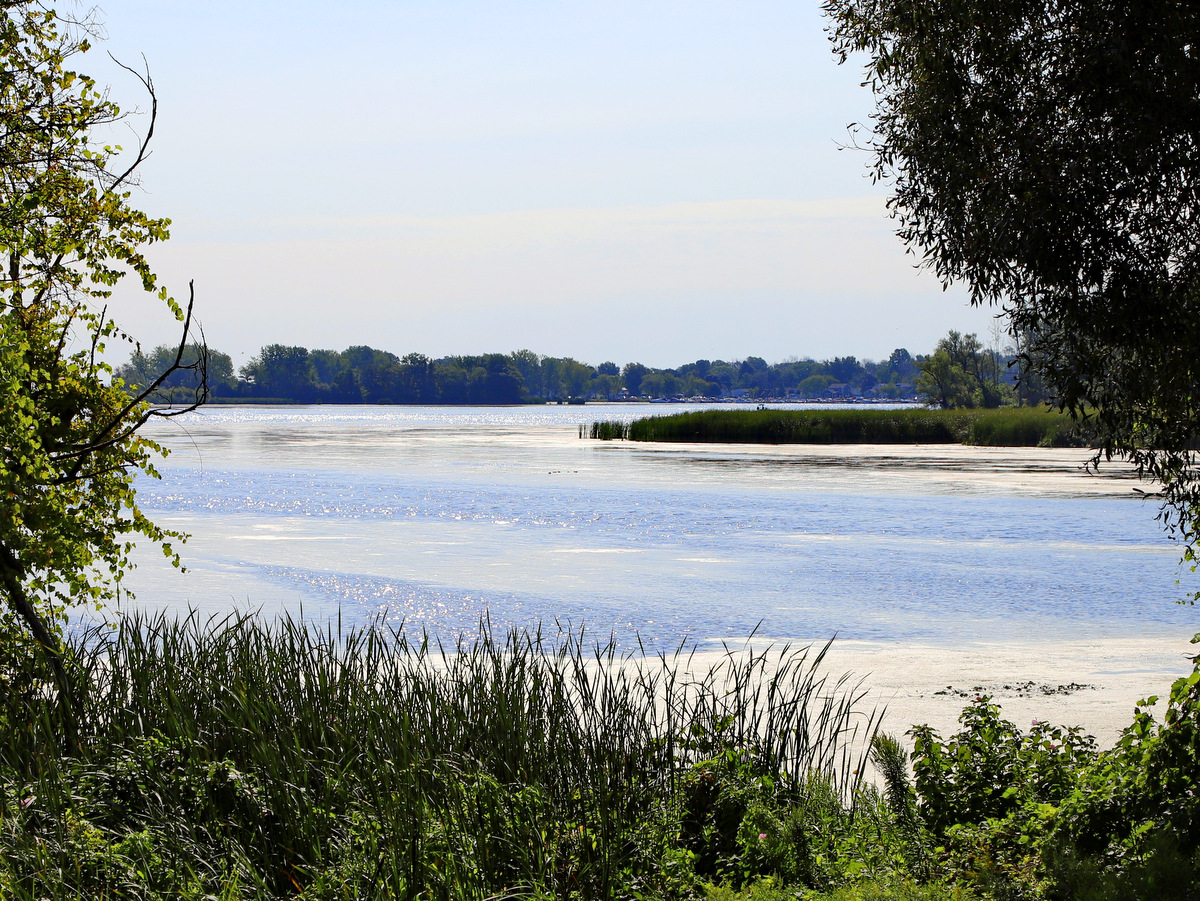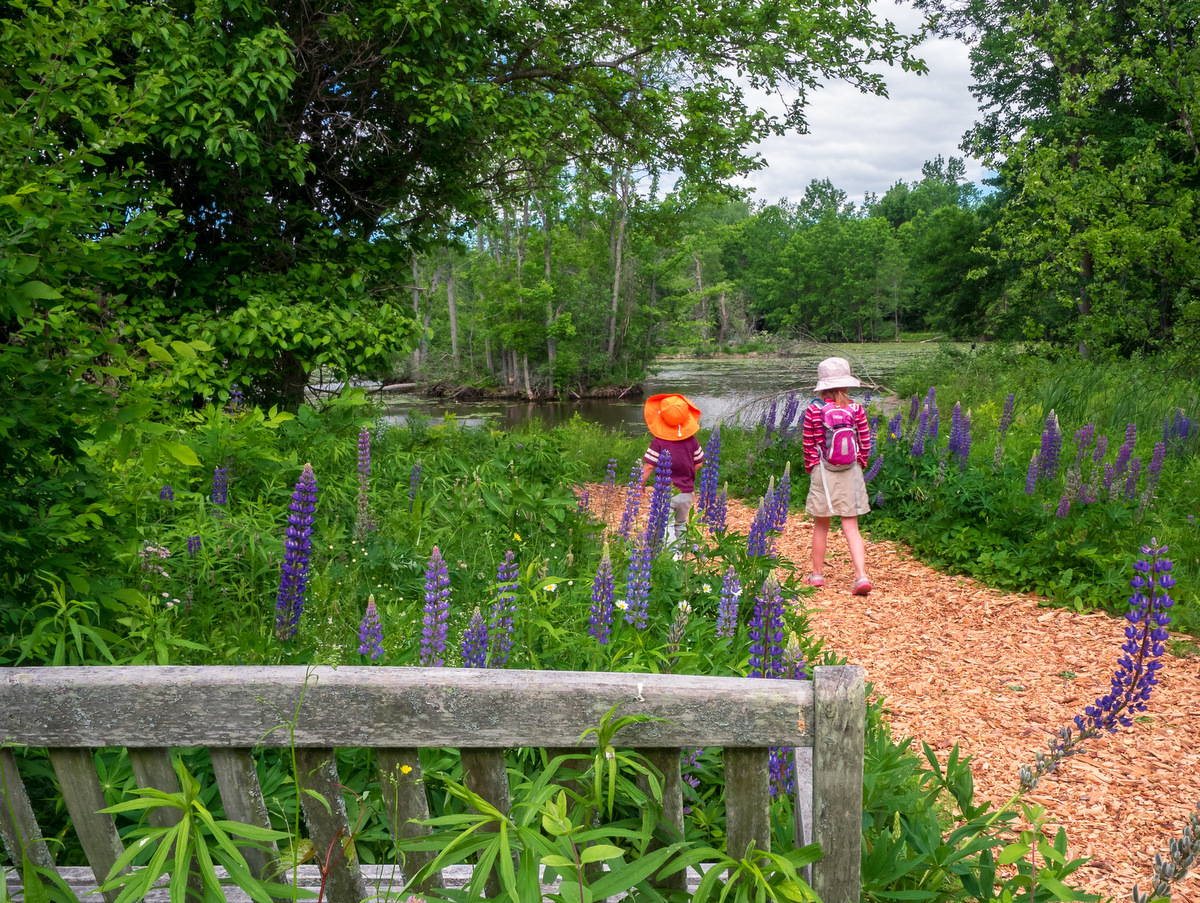Best Spots in the Finger Lakes for Biodiversity
There is no shortage of natural areas in the Finger Lakes region, although, for the acute observer of living things, there are some locations that rise above the rest. In addition to great trails, these spots offer a chance to slow down and contemplate the wonders of nature: annual bird migrations, diverse plants and trees, fascinating insects, and much more. So for all you nature lovers out there, including experts, beginners, and people of all ages, check out this list of special places chosen by the staff at the Finger Lakes Land Trust.

Braddock Bay Wetland Complex
Northwest of Rochester is a sprawling 3,322-acre complex of wetlands, ponds, and marshland referred to as the Braddock Bay Wetland complex. The area includes grasslands, woodlands, open water, wetland, shoreline, and emergent and submergent marshes. All of these provide shelter, food, and nesting for nearly every type of bird that uses the Atlantic Flyway,

Clark Reservation State Park
Roughly 340 acres in size, Clark Reservation State Park packs in a great deal of botanical and geological diversity in a small footprint. Aside from the stunning geological significance of the park, an equally impressive and diverse species of plant life make this park literally a wild botanical garden. Hundreds of flowering plants, 80 species of trees, 100 types of moss, and, most notably, 26 species of ferns are all observable along the nearly six miles of interconnected loop trails.

Conesus Inlet Wildlife Management Area
The Conesus Inlet Wildlife Management Area is 1,120 acres of broad, flat floodplain nestled between two glacially steepened hillsides. Its marshland habitat is a favorite stopover for numerous species of migratory birds, but the marsh is a rich habitat and bird watching opportunities, as well as other wildlife viewing, abound throughout the year. To cap it off, Bald Eagles have been nesting within the area and can be seen fishing the lagoon.

Cornell Lab of Ornithology
The Cornell Lab of Ornithology, more commonly known as Sapsucker Woods, is a birding haven and a great resource for long-time birders and those with an aspiring interest. Four miles of trails wander through the 230-acre sanctuary, with multiple interconnected loops that can be intermixed for longer trips. The mostly level trails weave through deep woods, atop boardwalks in swamps, and beside ponds bursting with wildlife of all kinds.

Lindsay-Parsons Biodiversity Preserve
The Lindsay-Parsons Biodiversity Preserve consists of 537 acres of lakes, forests, meadows, brushland, gorges, streams and wetlands. The diverse habitats found in the preserve are home to an equally diverse variety of flora and fauna. A wetland overlook offering plenty of wildlife viewing opportunities can be found across the street from the main parking area on Sylvan Lane. The wetlands here are home to river otters, Great Blue Herons, Kingfishers, and many other creatures.

Montezuma National Wildlife Refuge
The Montezuma National Wildlife Refuge, along with other protected areas within the Montezuma Wetland Complex, makes up one of the largest bird sanctuaries along the Atlantic Flyway in the northeast. The refuge not only supports local habitats but also provides destination habitats as well, playing a crucial role in global ecology. Nearly a million birds, including Northern Pintail, dowitchers, and widgeons utilize the refuge during migration.

Saunders Finger Lakes Museum
Nestled in the quiet hamlet of Branchport, the evolving Museum offers public access to Keuka Lake via Sugar Creek. Paddle to the north on Sugar Creek and discover a forested wonderland. Depending on the water level, you may be able to travel a mile or more upstream, taking in the dense, uncultivated forest, and perhaps come across a Belted Kingfisher on the hunt. Enjoy the variety of birdsong and look for beaver slides as you paddle.





